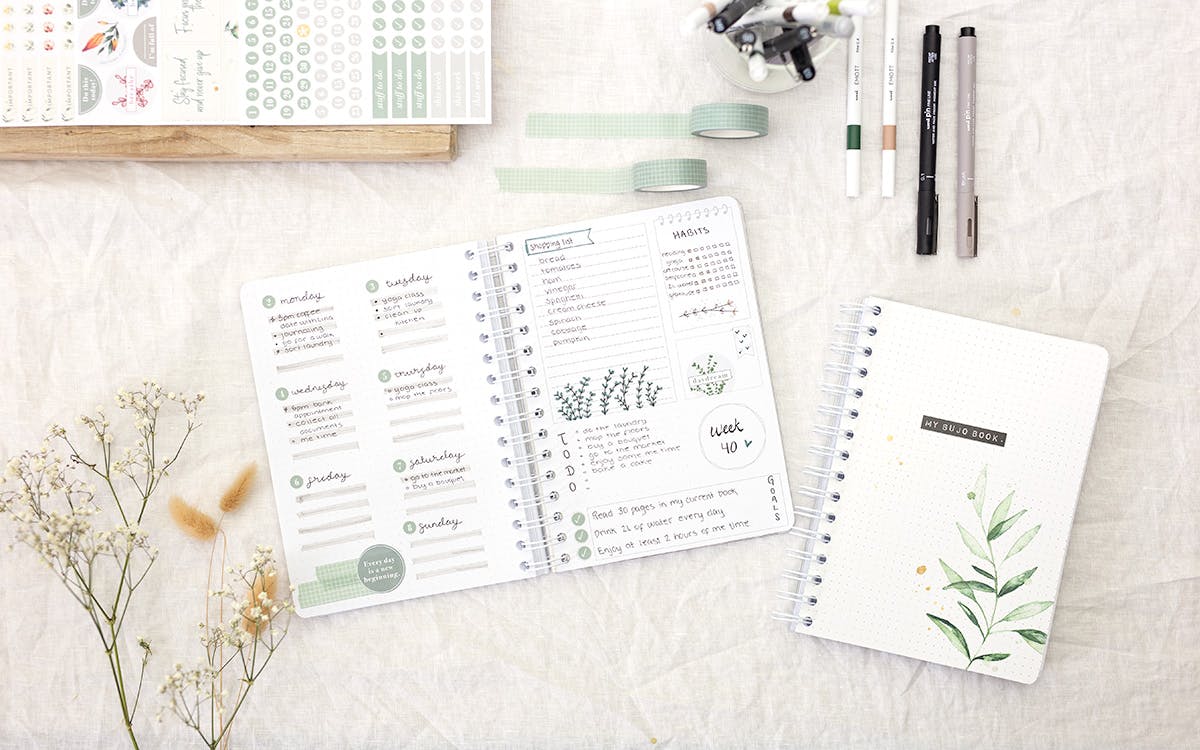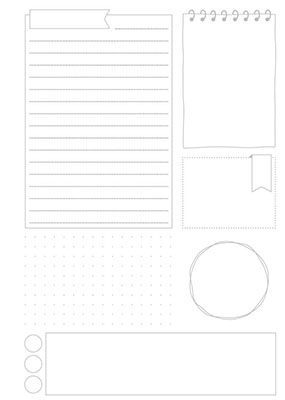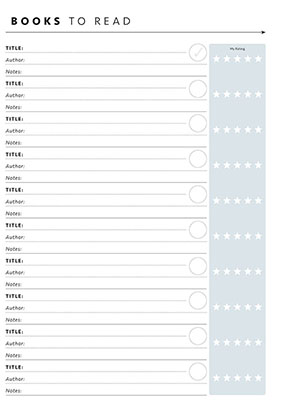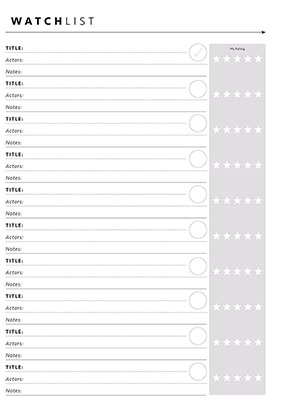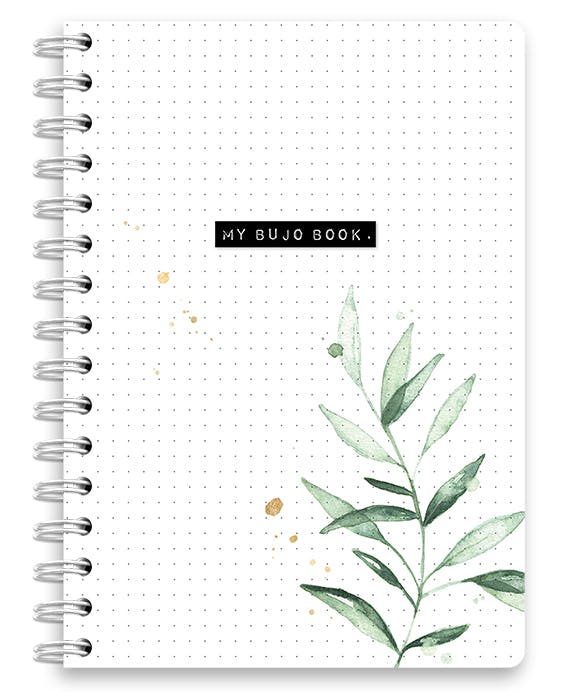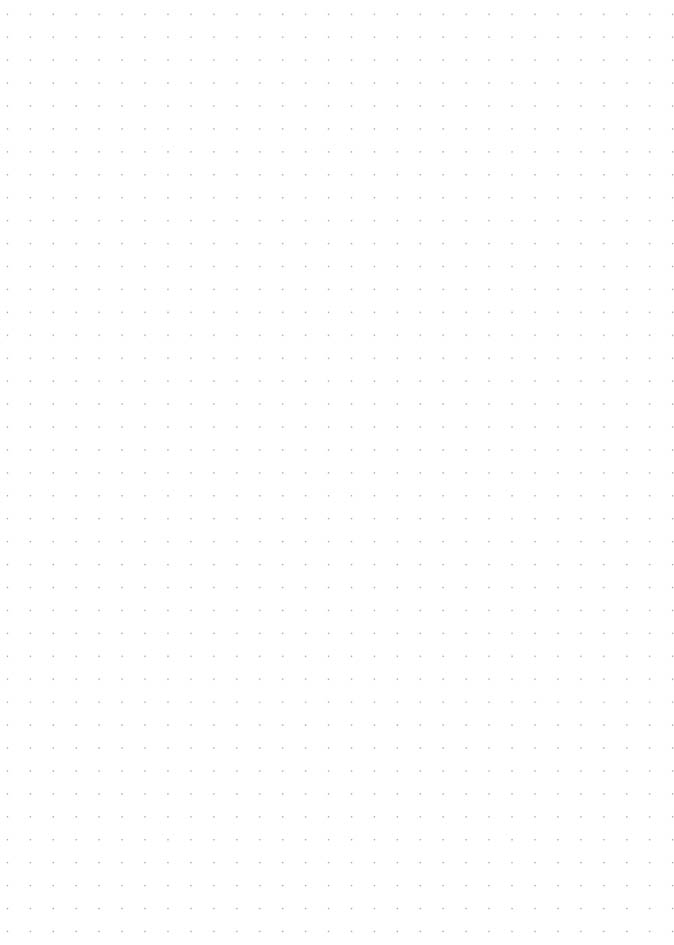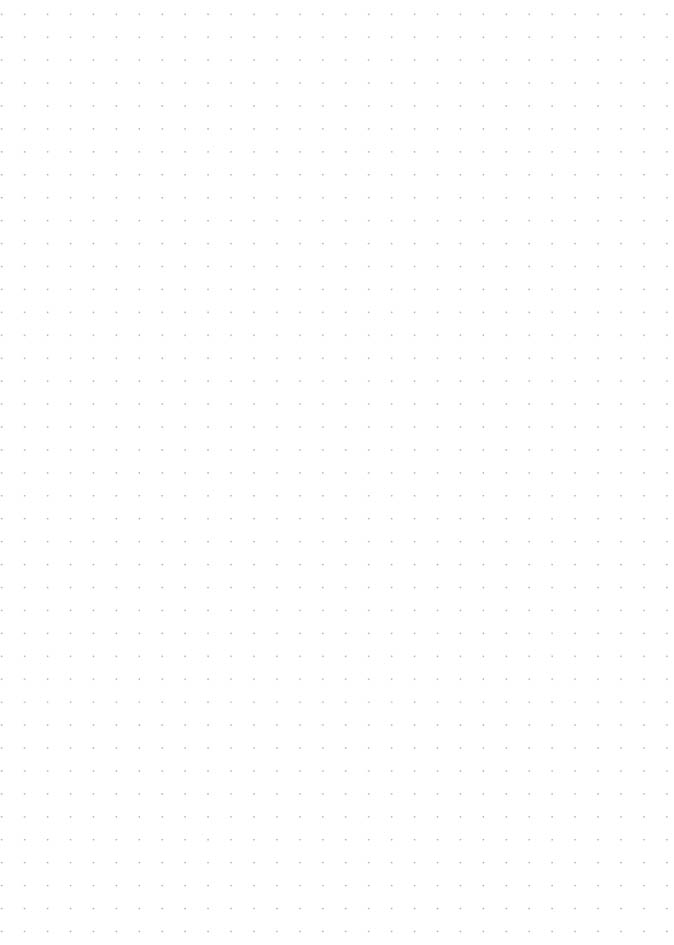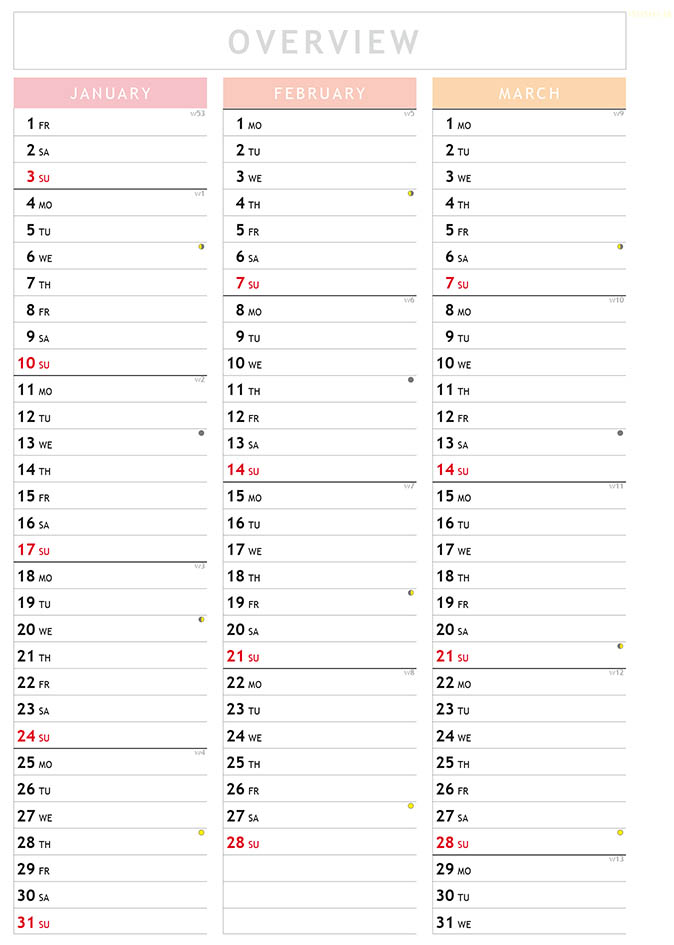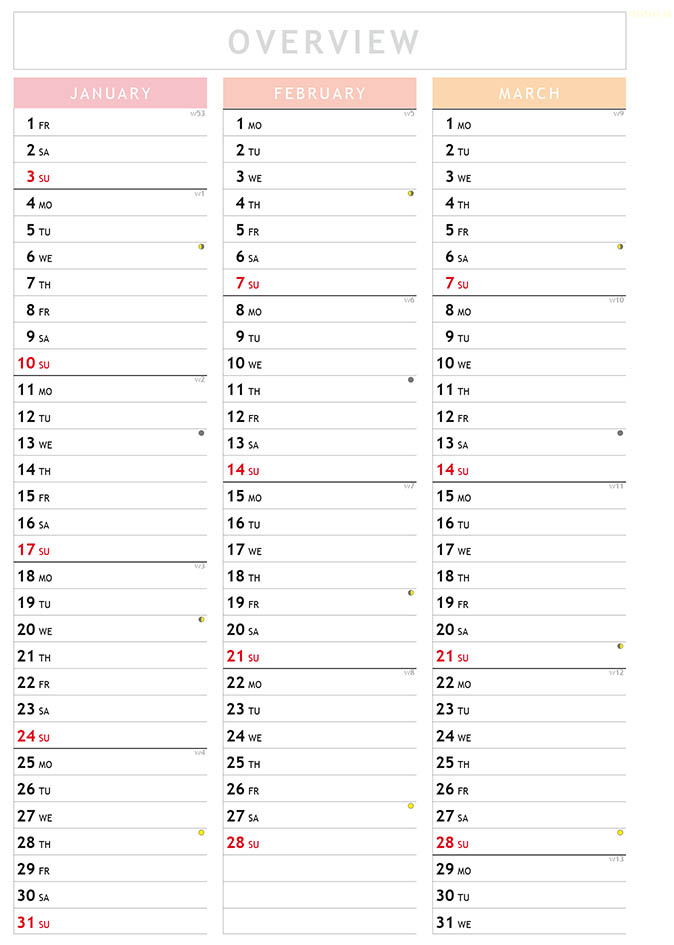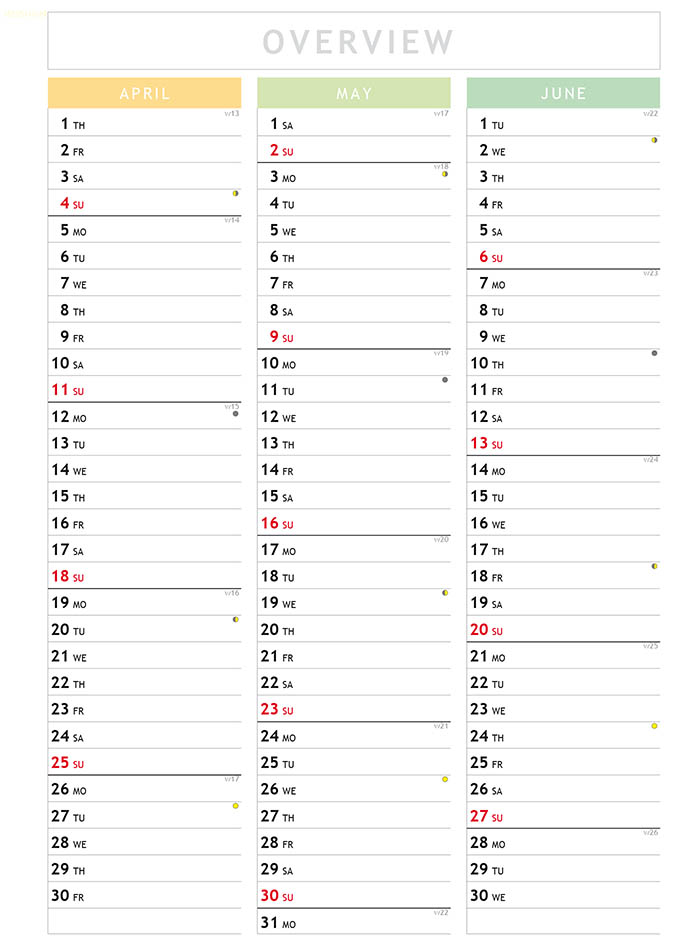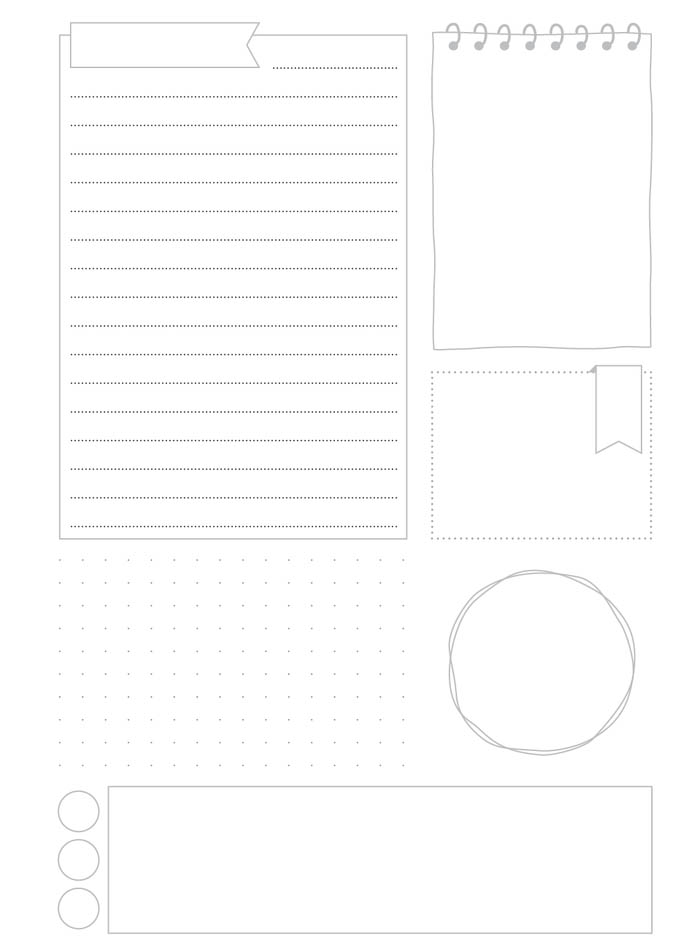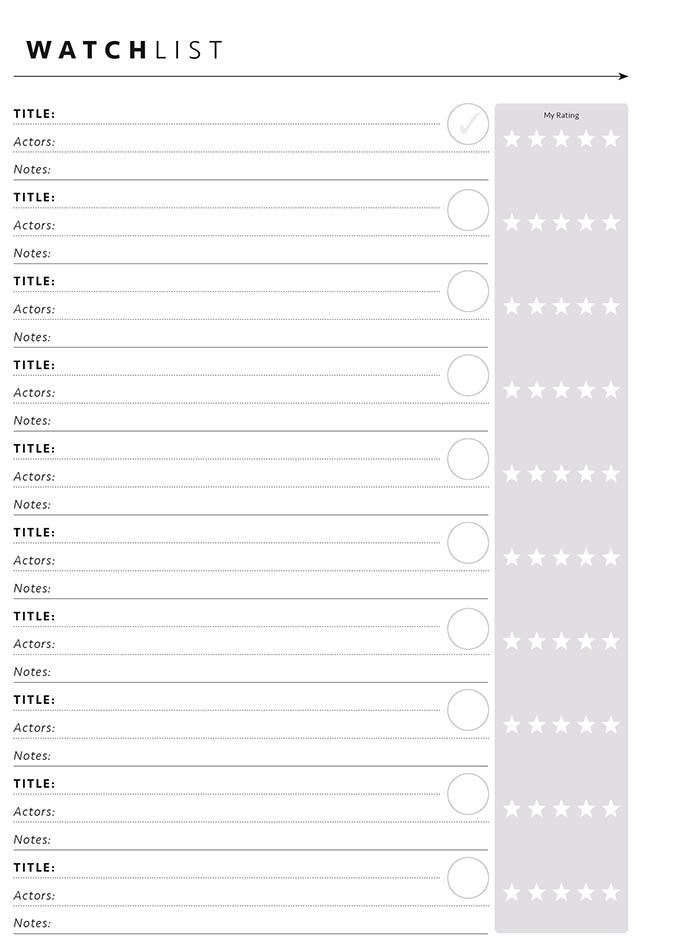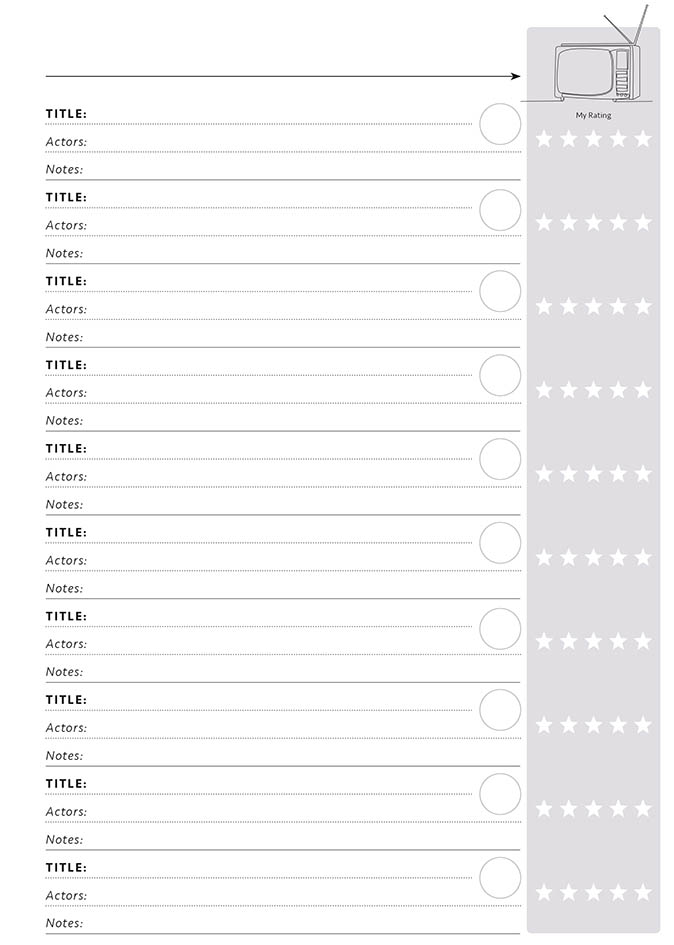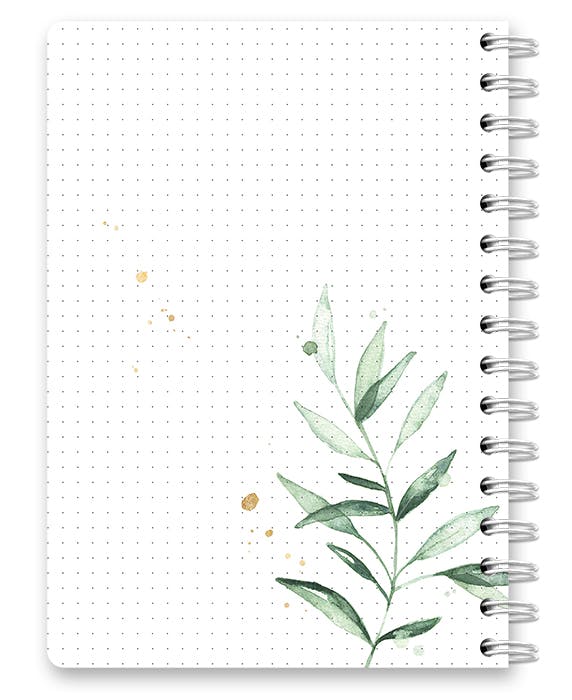Get a quick overview of the year and write down important dates and reminders.
Get a quick overview of the year and write down important dates and reminders.
What do you want to achieve this month? Write down one concrete goal, a few short sentences about your priorities around it, and the first steps to take toward reaching your goal. Review your progress at the end of the month, and don't forget to reward yourself for a job well done! Go you!
10 lined pages with space for your own thoughts and intentions for the year.
Review the past year by writing down a few sentences that remind you of both the highlights and the challenges you’ve faced. This exercise will also help you see everything you’ve achieved in the year, things you should be proud of and celebrate! In the same way, write down a few sentences about your hopes and dreams for the coming year. Make sure you check back in here during the year, to stay motivated and see that you’re following the course you’ve set out for yourself.
Author William Arthur Ward once said: “Feeling gratitude and not expressing it is like wrapping a present and not giving it”. We couldn’t agree more. Finding something to be grateful for each day and putting it into words is good for the soul, and helps us gain perspective on life - especially during those rougher days. These pages encourage you to write a few words each day - nothing long and fancy, just a short phrase about what made your heart glad and thankful today.
Do you keep a journal? If you don’t, perhaps this is a great place to start for you! With a threshold so low you can’t possibly resist, this journal invites you to write a short few words describing your day. Give it a try!
Would you like a tool to help you track your wellbeing? Write a few words about the activities you’ve engaged in today to improve your wellbeing, crossing the relevant categories for each activity. After one month you’ll have a good overview of your habits, and will be able to identify which areas you might be neglecting, and do something to change it!
If you’d like to gain a greater understanding of how your habits and your wellbeing are connected, then you’ll love these pages! Track your habits on the left page, e.g. what days you exercise, get enough sleep etc. Track both good and bad habits you’d like to get on top of in your daily life. In the circle tracker to the right, colour the segments for each day, letting each colour denote a particular mood. When one month has passed, look at your spread and try to identify connections between specific habits and your wellbeing during the same period of time. Perhaps you’ll find bad habits you’ll want to change, or helpful behavioural patterns you’ll want to encourage!
Motivation - that’s what these pages are here for! Whether you’re a beginner or a seasoned athlete, you’ll be inspired to track your progress by filling in the simple log: enter date, activity and a few words describing how it was. As you fill in the page, you’ll soon get a visual overview of what you’ve achieved. And that’s something to be proud of - go you!
26 lined pages with space for your own thoughts and intentions for the year.
Have you ever watched a child sit and colour calmly, and wondered at their ability to focus fully on what’s in front of them? Then you’ve probably seen mindful colouring in action. Mindful colouring is the practise of bringing our awareness to the present moment, by focusing on choosing and applying colour to a design or pattern. It’s a simple yet powerful practise, as this will train us to let go of all other thoughts. We’re invited to let go of judgemental thoughts about what we’re doing and how we’re doing it. We’re simply colouring, and there’s no right or wrong, pretty or ugly.
Here’s the perfect brain break: Drop everything and allow yourself to focus only on the movement of the pen on the paper. You don’t have to be “gifted” to enjoy this activity, and you don’t need any fancy pens. Just a few minutes of peace and quiet, and a black pen (we recommend our Uni Pin Fineliners, 0.1-0.5 mm). The main illustration is there already - what’s left for you to do is to slowly fill the different segments with lines and dots, abstract patterns and shapes. Use one pattern per segment. Take your time and take some inspiration from the pattern library - or create your very own! There’s no right or wrong here - even “mistakes” can create a striking effect when seen in the bigger picture!
Faint, grey dots, 5 mm apart. Perfect for sketching, lettering, and creating bullet journal pages, e.g. index page, monthly log, different types of collections, and more.
The weekly spreads are the heart of the Bujo Book. Draw up your week on the left page, e.g. creating daily boxes where you write your task, to do’s, and appointments. Use the right hand page to write lists, reminders, and maybe a motivational quote for the week. Decorate it all with washi tape and stickers, doodles and lettering, and splash out your creativity on the spreads!
Use this illustration as a mood or habit tracker to identify patterns in your mental health, and how they may be connected to your habits. In this playful tracker, each numbered detail represents one day, and each colour represents a specific mood, e.g. yellow = ecstatic, orange = happy, blue = sad etc. Make a colour key next to the tracker, then colour in one of the details with the corresponding mood colour. You’ll soon start to see which colours dominate, and how your moods shift throughout the month. To see how your habits affect your moods, track them during one month alongside one another. In the same way, this illustration can be used as a habit tracker. Things you might want to track are hours of sleep, your meditation practice, workout routine, or how many days you’ve managed to resist sugar!
Use this illustration as a mood or habit tracker to identify patterns in your mental health, and how they may be connected to your habits. In this playful tracker, each numbered detail represents one day, and each colour represents a specific mood, e.g. yellow = ecstatic, orange = happy, blue = sad etc. Make a colour key next to the tracker, then colour in one of the details with the corresponding mood colour. You’ll soon start to see which colours dominate, and how your moods shift throughout the month. To see how your habits affect your moods, track them during one month alongside one another. In the same way, this illustration can be used as a habit tracker. Things you might want to track are hours of sleep, your meditation practice, workout routine, or how many days you’ve managed to resist sugar!
Use this illustration as a mood or habit tracker to identify patterns in your mental health, and how they may be connected to your habits. In this playful tracker, each numbered detail represents one day, and each colour represents a specific mood, e.g. yellow = ecstatic, orange = happy, blue = sad etc. Make a colour key next to the tracker, then colour in one of the details with the corresponding mood colour. You’ll soon start to see which colours dominate, and how your moods shift throughout the month. To see how your habits affect your moods, track them during one month alongside one another. In the same way, this illustration can be used as a habit tracker. Things you might want to track are hours of sleep, your meditation practice, workout routine, or how many days you’ve managed to resist sugar!
Write down all the books you want to read, jotting down the authors as well as a few other fun facts. Check off the titles as you work your way down the list, or place a sticker there as a reward. And don’t forget to rate the books, too! Now you’ll always have a solid list to pick from whenever people ask you for book tips!
Keep track of all the movies and series you want to watch or have already binged. Jot down who starred in them, write a short review and don’t forget to rate them, too. Your watchlist works as a great reminder, as well as a lovely list to pick from when you’re asked for any film tips!
Faint, grey dots, 5 mm apart. Perfect for sketching, lettering, and creating bullet journal pages, e.g. index page, monthly log, different types of collections, and more.




